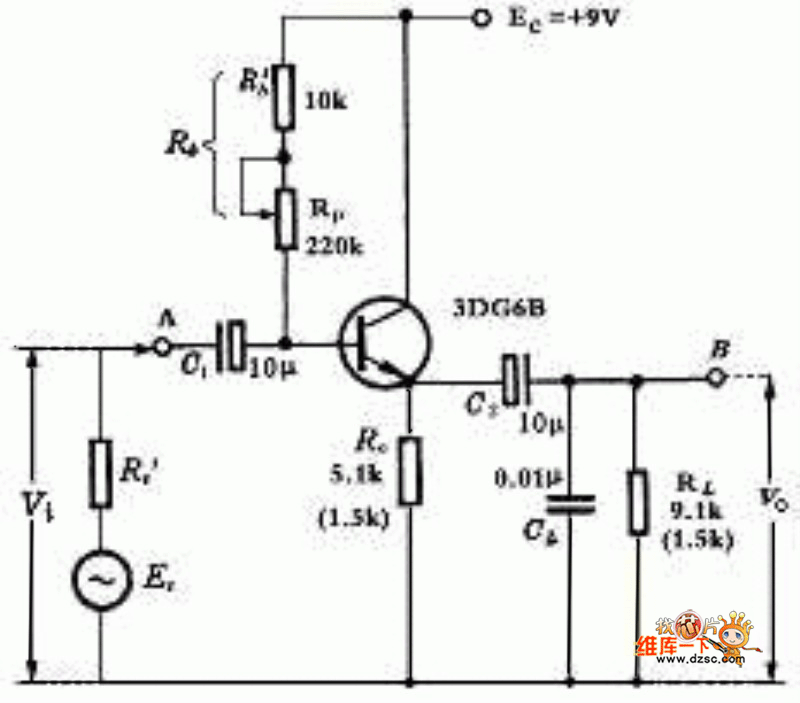How Is A Printed Rounds Board Manufactured?

To make a customized PCB, initially the electrical diagram of the required circuit is prepared using Pc Aided Layout (CAD) program. After that the PCB modele is produced using Pc Aided Making Software technology.
The common materials used for processing PCBs happen to be: FR4, FR4 High Temperature, Polyimide, GeTek, Rogers, Arlon, Nelco, Alumina, Porcelain, Bakelite, FR1, CEM1, and CEM5. The dimensions and width of the table depends upon the needs of the circuit. The base is layered with a coating of real estate agent. Then, by using photosensitive coating, the circuit diagram is certainly printed on the board. The undesired copper mineral is http://circuitdiagramimages.blogspot.com/ etch out from the board to form water piping "tracks", identified as traces. This process is known as Photoengraving. There are two other wide-spread methods used by developing joining traces. PCB milling is actually a mechanical system where undesired copper is certainly removed with CNC devices. Another process is Silk-Screen printing, in which special ink that is etch-resistant is used for the areas the spot that the copper records have to be made.
Once the board is set with birdwatcher traces, openings are drilled into the aboard to assemble leaded electrical and electronic pieces. For drilling, special Tungsten Carbide exercise bits or maybe laser can be used. The openings made are filled with empty rivets or maybe coated through using a great electroplating procedure, thus being created an electrical bond among the several layers. The next step is coating with the entire panel, except slots and safeguards, with masking material. Elements commonly used for this reason are: lead solder, lead free solder, OSP (Entek), deep/hard yellow metal (electrolytic nickel gold), concentration gold (electroless nickel platinum - ENIG), wire bondable gold (99. 99% genuine gold), immersion silver, expensive gold, saut tin (white tin), carbon ink, and SN 100CL, an mix of container, copper, and nickel. The final step is usually screen-printing, where the legend and text happen to be printed around the PCB.
Examining Of PCB
Before set up of components or delivery service of Printed out Circuit Planks, the board should be analyzed to find virtually any possible "shorts" and "opens" that could produce a nonfunctioning board. A good "short" implies the existence of a great undesired bond and a great "open" suggests that two-points that should have already been connected will be unconnected. All such issues should be set before PCB assembly. It is important to note that only a few PCB Making shops check the forums before transport, it is occasionally considered an added cost although a vital person to provide a fully functioning board before adding components.
PCB Assembly
As soon as the board is definitely ready, parts are assembled and put into the surface as per the circuit picture. Some of the wide-spread assembly techniques used will be surface-mount building and through-hole construction. Often, a combination of both of these techniques is also used for installation.
reference:
http://circuitdiagramimages.blogspot.com/
https://en.wikipedia.org/wiki/Printed_circuit_board
Tidak ada komentar:
Posting Komentar